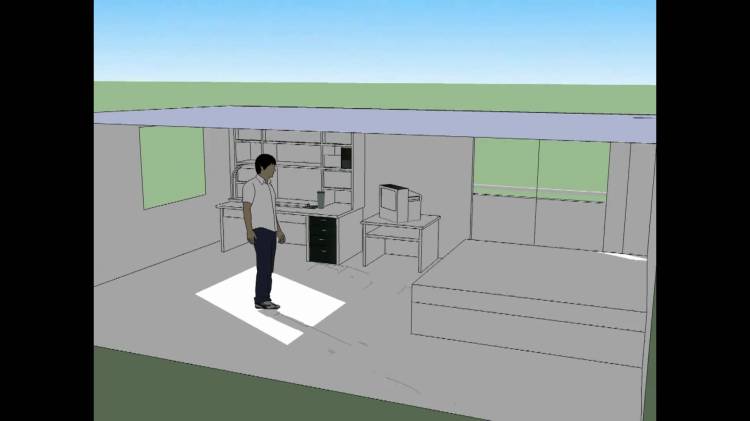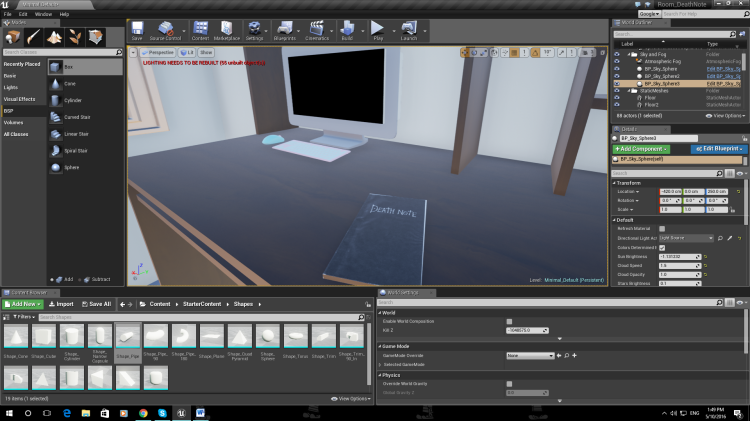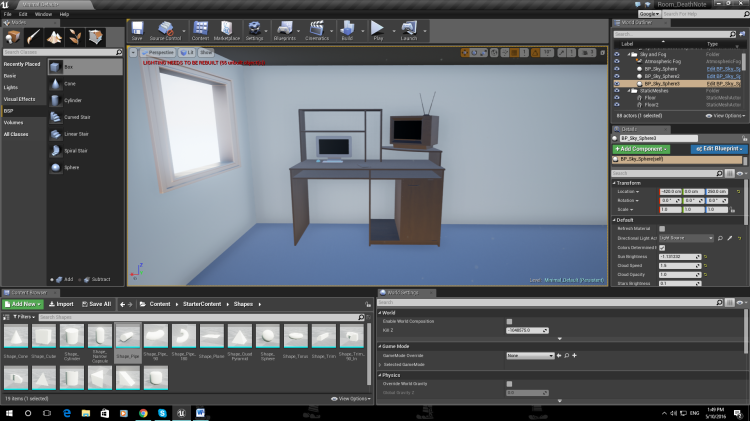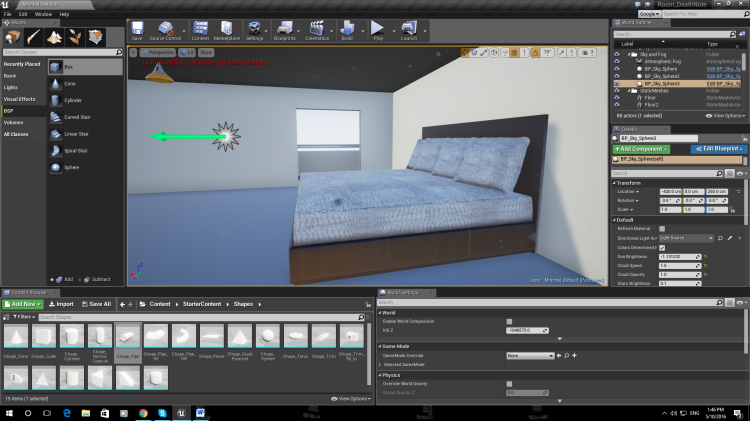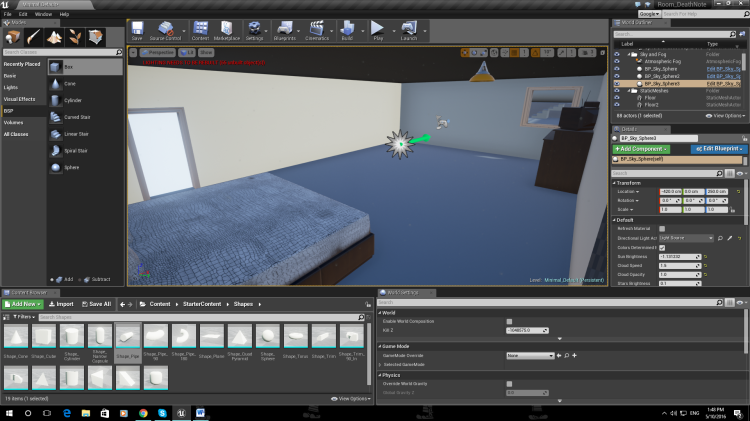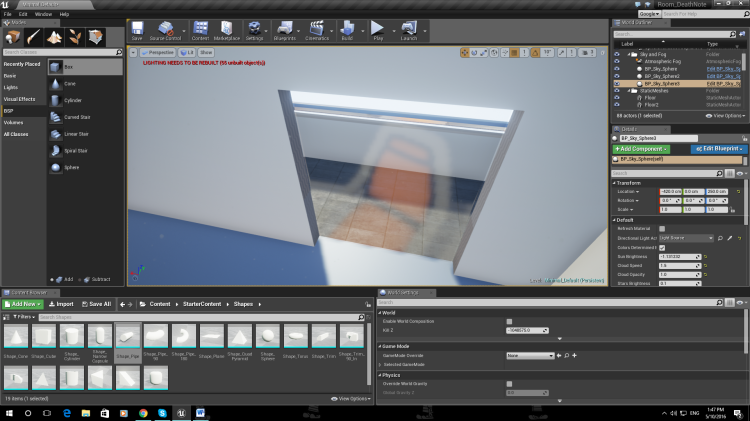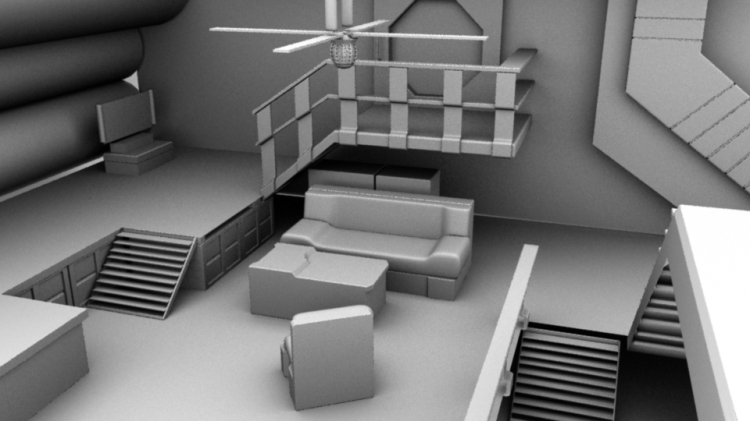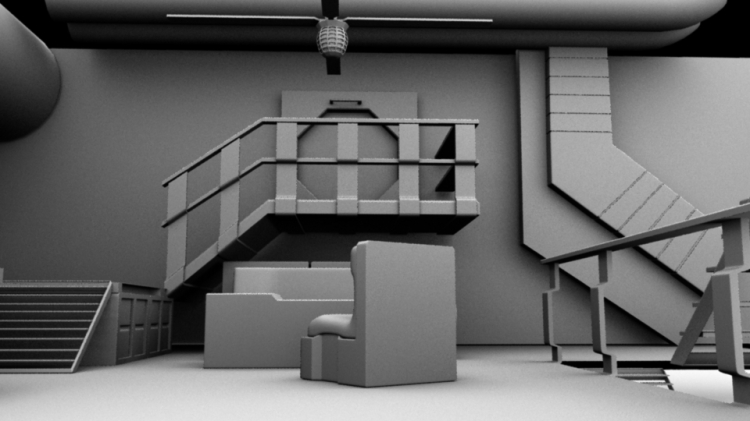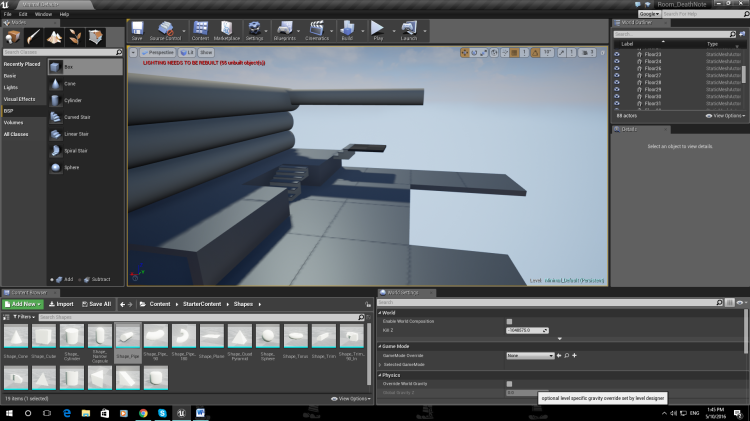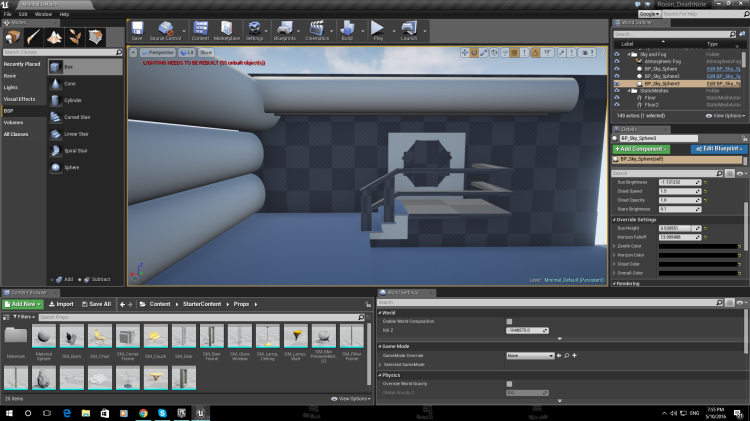Over the course of this semester Ivan has explored several different projects surrounding Virtual Reality. The key to Ivan’s overall successful project has been iteration and reiteration, specifically following Ted’s guide lines of “Fail Early, Fail Often” (FEFO).
To begin with, Ivan’s project aimed to create a Virtual Reality (VR) learning space to view readings and course materials for certain University courses. This idea initially sounded great. It was inventive and innovative with possibilities to advance how students experience their education and how tutors present course materials. However, there were several issues I could see with this project. It was too large to begin with and implicating readings into a VR world through unreal seemed like a huge challenge. Fortunately, Ivan has definitely failed early, and failed often through this subject, and in doing so realised these issues before it was too late. After acknowledging that this project had many problems and saying he “didn’t know how it was going to proceed further on”, Ivan moved on to his second idea.
This second idea was still based around an education standpoint, focusing in on the science realm and recreating 3D models of molecules in a VR environment. Again, although this was eventually a failure, Ivan could proceed knowing that this idea simply wouldn’t work for this project. He found through his testing that this idea also had several issues. The below creation took Ivan several hours to produce, and whilst it looks good and has possible potential, logistically, it was not possible to create a holistic project based on this idea. Ivan explained that he did not feel he had adequate knowledge surrounding scientific molecules to recreate accurate examples. So once again, the FEFO methodology paid off.
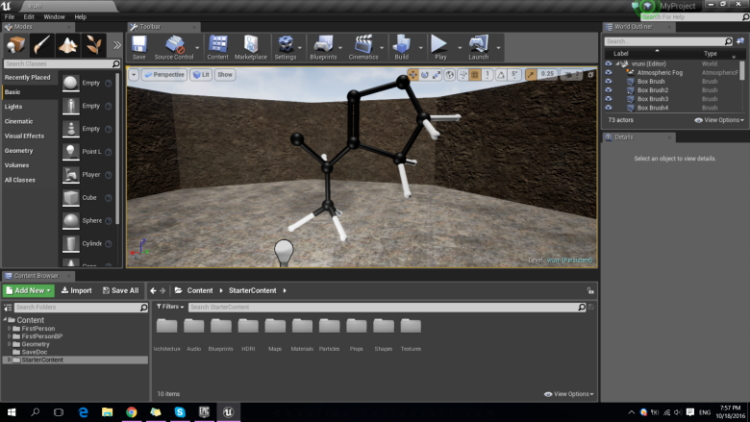
Ivan’s third idea explored more of a creative and experimental side of VR. This idea also comes across as the most ambitious of his projects. To recreate Howls Moving Castle is a huge task for several reasons. Firstly, the artwork from Studio Ghibli is quite unique and impressive, so to recreate that, let alone a moving castle, in a VR environment seemed to be a huge task. Most importantly however, was the issue of Copyright, one which Studio Ghibli has not approached lightly in the past. Wisely, Ivan chose to steer clear of one of the world’s most renowned animation studios.
Finally, and most successfully Ivan has produced a “Meditation Island”. When Ivan pitched this idea, I was honestly a little sceptical. Not that I didn’t believe in Ivan, but time was running out and with the previously failed ideas, an entire island came across as the largest task yet. During Ivan’s seminar curation, he presented his work. I was surprised with the extensive amount of work Ivan had completed in such a short time. He had a nice looking island filled with beaches, forests and ponds, encapsulating the peacefulness of meditation. There were several things he was still working towards and this included sounds and water with depth and better graphics. Finally Ivan’s project was taking form.
In the Beta Ivan explained that he had successfully added sound and created more realistic water. Because of this, his project is becoming very immersive which is an important element in VR environments. The designing of the textures is where some of Ivan’s most impressive work is shown. This area is something I struggle realty with so to see such extensive work in this area shows great effort and determination from Ivan. Not only does this work show the methodology of Ivan’s project, but it is now a resource for others looking to create similar environments. The sound effects, such as the wind and bird noises, are really effective and a great addition to his piece. Furthermore Ivan explained that he had added collision to obstacles such as trees and hence it is obvious that he is aiming towards an immersive, realistic environment.
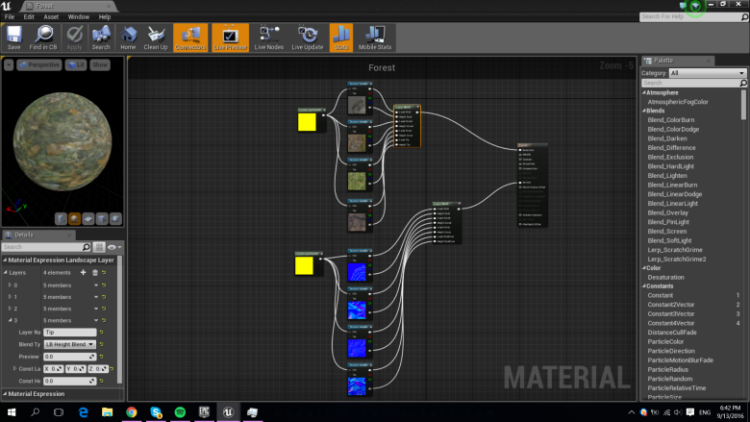
While Ivan’s beta and screenshots show his progression and effort to create a realistic environment, he must not exclude thinking about how he will present his VR environment, what platform will it be available on and how will people view it? There are several ways this type of project could be finalised, including 360 video, mobile VR or a VR game designed for proper units such as the Oculus Rift.
Ivans beta demonstration could have explored some issues further which in turn will help him in finishing the final parts of his project. One of the concerns I have is that will it actually be meditative? There has been some problems with VR and motion sickness, so it will be interesting to see if a virtual meditation area is effective. How will this actually work compared to normal meditation? Ivan seems to have a great amount of knowledge using Unreal Engine and seems to have encountered very few difficulties, so it would also be interesting to see what problems he did encounter and how they were solved. A final aspect that I think will help with finding a platform to host the project on, and to complete the final areas of the work is the notion of a target audience. What demographic would be interested in meditating through VR. I am positive there are people interested in this idea, but it is a matter for Ivan to find out who is?
Overall, Ivan’s project is both intriguing and impressive. Ivan has created a large environment that comes across as quite immersive. Ivan has explored and failed a lot of ideas which has ultimately led him to developing on one of his best ideas. From here he must decide how to present his final work In a way that is most effective for his Meditation Island.

